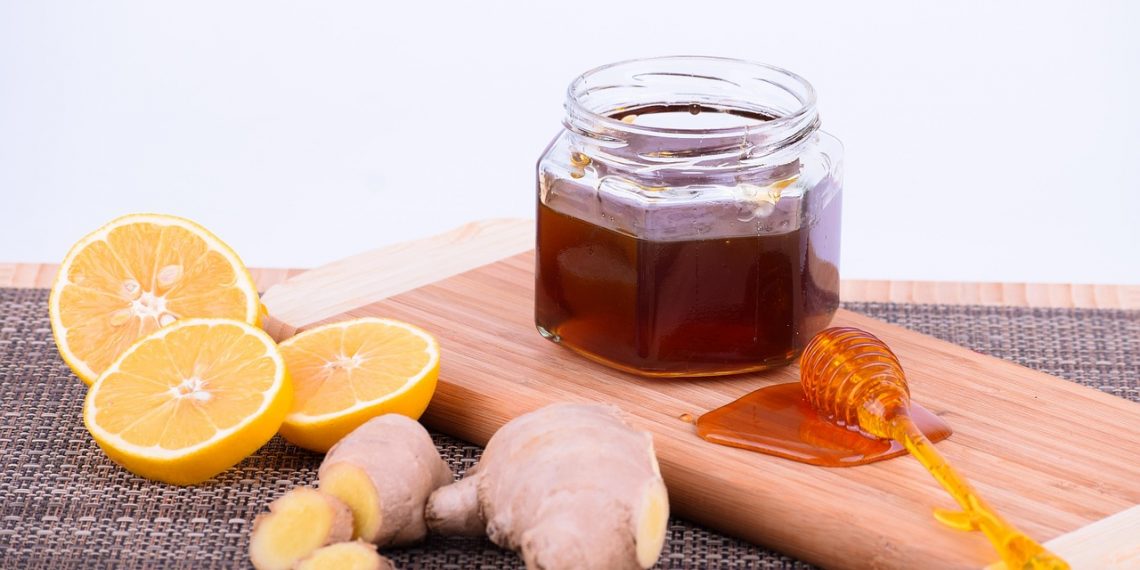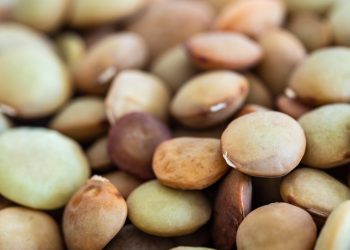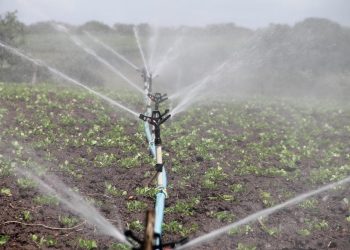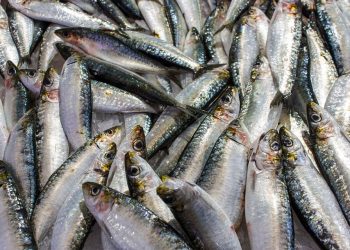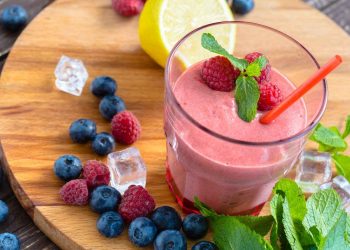Contents
5 Natural Remedies to Boost Ligament Healing with Honey
Did you know that honey has been used for centuries as a natural remedy? Not just for sweetening your tea, but for its impressive healing properties. When it comes to ligament injuries, honey can play a significant role in promoting recovery. In this article, we’ll explore five natural remedies that incorporate honey, giving your ligaments the TLC they need to heal.
Understanding Ligament Injuries
Before diving into the remedies, let’s quickly touch on what ligament injuries are. Ligaments are strong bands of connective tissue that hold bones together at joints. They can be sprained or torn due to sudden movements, overuse, or trauma. Recovery can be slow, and while traditional treatments like rest, ice, and physical therapy are essential, adding natural remedies can enhance healing.
1. Honey and Turmeric Paste
The Power of Curcumin
Turmeric, particularly its active compound curcumin, is known for its anti-inflammatory properties. When combined with honey, it creates a powerful paste that can be applied topically to the affected area.
How to Make It:
- Mix 1 tablespoon of turmeric powder with 2 tablespoons of honey.
- Apply the paste to the injured ligament.
- Cover it with a bandage and leave it on for at least 30 minutes.
Pros: This remedy not only helps reduce inflammation but also promotes healing through its antioxidant properties.
Cons: Some individuals may experience skin irritation from turmeric. Always do a patch test first.
2. Honey and Ginger Tea
The Anti-Inflammatory Duo
Ginger is another natural anti-inflammatory agent that can support ligament healing. When combined with honey in a warm tea, it provides both comfort and medicinal benefits.
How to Make It:
- Boil sliced ginger in water for about 10 minutes.
- Strain the tea and add 1-2 teaspoons of honey for sweetness.
- Drink this tea 1-2 times daily.
Pros: This tea not only helps with inflammation but also improves circulation, which is vital for healing.
Cons: Ginger can cause digestive upset in some people, so start with a small amount.
3. Honey and Aloe Vera Gel
Soothing and Healing
Aloe vera isn’t just for sunburns; it’s also a fantastic natural remedy for healing tissues. When mixed with honey, it can soothe inflammation and promote healing in ligaments.
How to Make It:
- Extract fresh aloe vera gel from the leaf.
- Mix it with honey in a 1:1 ratio.
- Apply to the injured area, massaging gently.
Pros: Both ingredients have antibacterial properties, reducing the risk of infection while promoting healing.
Cons: Fresh aloe vera may not be available everywhere, and some people may be allergic to it.
4. Honey and Cinnamon Mix
The Antioxidant Boost
Cinnamon is another spice known for its anti-inflammatory properties. When combined with honey, it creates a potent mix that can be consumed or applied to the skin.
How to Make It:
- Mix 1 tablespoon of honey with ½ teaspoon of cinnamon.
- You can take this mixture orally or apply it to the affected area.
Pros: This mix can help reduce inflammation and pain, while also providing a boost to your immune system.
Cons: Cinnamon should be used in moderation, as excessive amounts can lead to health issues.
5. Honey and Epsom Salt Bath
Soaking Away the Pain
Epsom salt is rich in magnesium, which can help reduce inflammation and pain. Adding honey to a warm bath creates a soothing experience that aids recovery.
How to Make It:
- Add 1 cup of Epsom salt and 2 tablespoons of honey to a warm bath.
- Soak for 20-30 minutes.
Pros: This remedy not only helps with ligament healing but also provides relaxation, which is essential during recovery.
Cons: Ensure the water isn’t too hot, as excessive heat can aggravate inflammation.
The Science Behind Honey’s Healing Properties
Honey is not just a sweet treat; it’s packed with antioxidants, vitamins, and minerals that promote healing. Studies have shown that honey can help reduce inflammation and swelling, making it beneficial for ligament recovery. For instance, a study published in the Journal of Medicinal Food found that honey has significant anti-inflammatory effects, which could aid in the healing of injuries (Al-Waili, 2003).
Additionally, honey’s natural antibacterial properties can help prevent infections in open wounds, which is crucial for anyone recovering from an injury.
FAQs
Q: How long does it take for ligaments to heal?
A: Ligament healing can take anywhere from a few weeks to several months, depending on the severity of the injury. Incorporating natural remedies may speed up the process, but patience is key.
Q: Can I use honey if I’m allergic to pollen?
A: If you have a pollen allergy, it’s best to consult with a healthcare provider before using honey, as it may trigger an allergic reaction.
Q: Are there any side effects of using honey for healing?
A: Honey is generally safe for topical and oral use, but some people may experience allergic reactions or digestive issues. Always start with a small amount.
Q: Should I still see a doctor for my ligament injury?
A: Yes, while natural remedies can aid healing, it’s essential to consult a healthcare provider for proper diagnosis and treatment.
Conclusion
Incorporating honey into your regimen for ligament healing can be a sweet addition to your recovery toolkit. Combined with other natural ingredients like turmeric, ginger, and aloe vera, honey provides a holistic approach to healing. Remember, though, while these remedies can support recovery, they shouldn’t replace professional medical advice.
As you embark on your healing journey, consider these natural remedies not just as treatments, but as part of a broader lifestyle that embraces wellness. Research is ongoing, and while results are promising, always prioritize your health by consulting with a qualified healthcare provider.
This article is for educational purposes only and is not a substitute for professional medical advice. Always consult a qualified healthcare provider before making changes to your health routine.
References
-
Al-Waili, N. S. (2003). “Honey and health: A review of the literature.” Journal of Medicinal Food, 6(2), 159-168. https://doi.org/10.1089/109662003322133421
-
Mayo Clinic. (n.d.). “Ligament Injuries.” Retrieved from https://www.mayoclinic.org/diseases-conditions/ligament-injuries/symptoms-causes/syc-20357010
-
National Institutes of Health. (2021). “The Healing Properties of Honey.” Retrieved from https://www.ncbi.nlm.nih.gov/pmc/articles/PMC3611628/
-
Harvard Health Publishing. (n.d.). “Natural Remedies for Inflammation.” Retrieved from https://www.health.harvard.edu/staying-healthy/natural-remedies-for-inflammation
Get Your FREE Natural Health Guide!
Subscribe now and receive our exclusive ebook packed with natural health tips, practical wellness advice, and easy lifestyle changes — delivered straight to your inbox.

